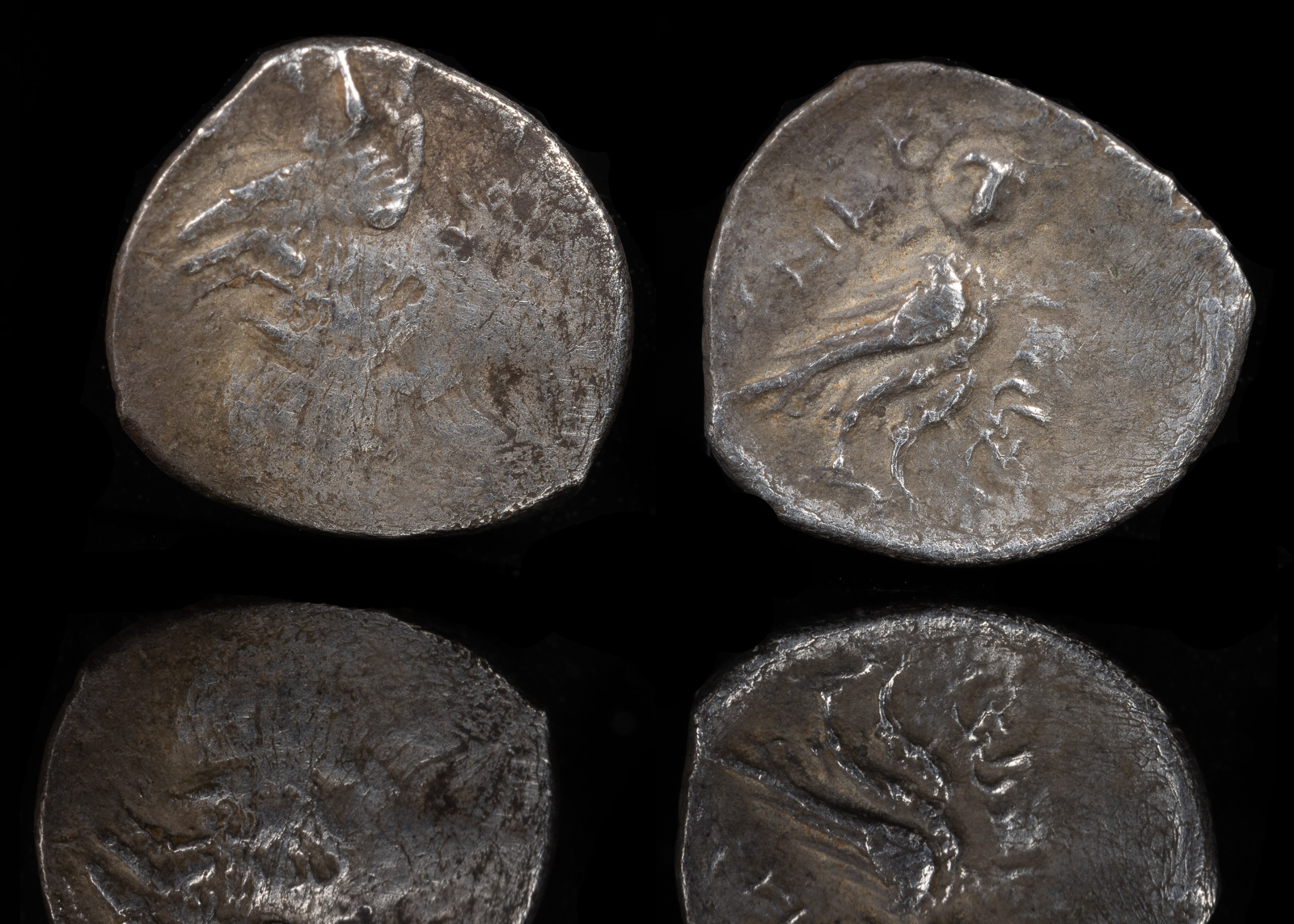Ma’ah
View All Tags
The maah denomination is believed to have been used during the Persian period in the Achaemenid Empire as a form of small, standard currency. It is often cited in historical texts and inscriptions, particularly those from the time of Darius I and other Persian kings. In some cases, the term maah may also have been used to refer to a particular weight or value of silver or copper. Coins bearing this denomination would have been used for everyday transactions, much like modern-day small change.
In ancient Israel, the maah was also an important monetary unit. It appears in the Hebrew Bible in the context of various offerings and transactions. The maah was sometimes used as a unit of weight, typically in reference to precious metals like silver. This weight was then used to determine the value of coins or bullion. It was an important standard in early Hebrew commerce and would have been in circulation during the Second Temple period (516 BCE–70 CE), during which Israel was under Persian and later Roman control.

JUDAEA, Macedonian Period. Hezekiah
Circa 332-302/1 BCE
AR Half Gerah – Ma’ah 8mm, 0.27 g
Facing head of male
Owl standing right, head facing; HPḤH (in Phoenician) to left, YḤZQYH (in Phoenician) to right
MCP YHD 24, dies O9/R11; Meshorer 22; Hendin 6069; HGC 10, 450; Bromberg 319; Shoshana II 20048; cf. Sofaer 20; Spaer 22
Ex Bes Collection